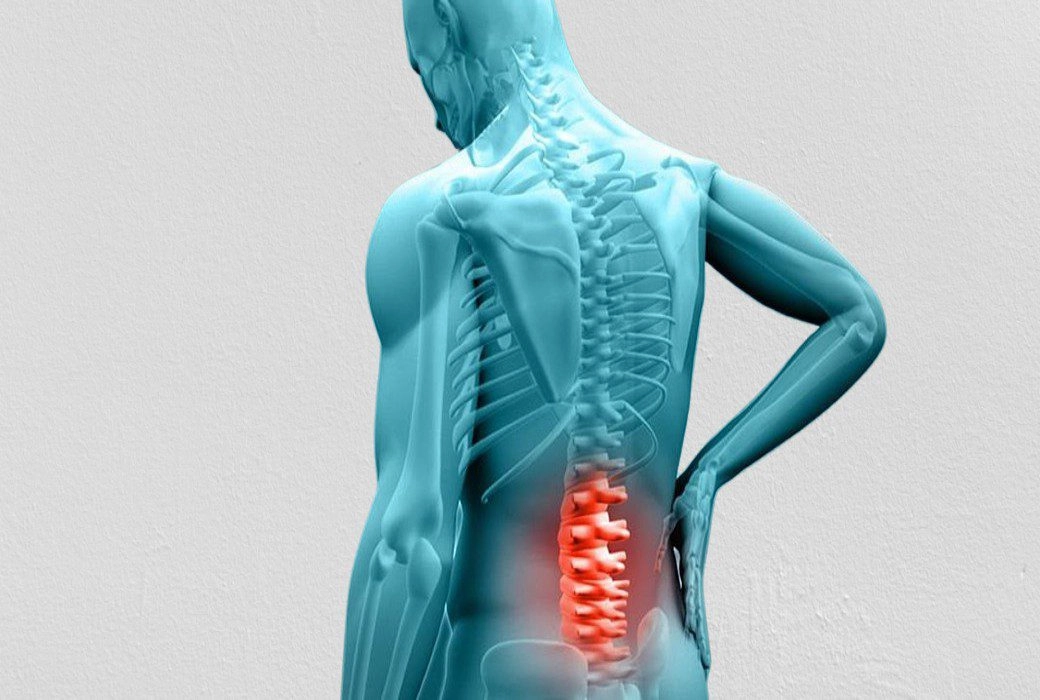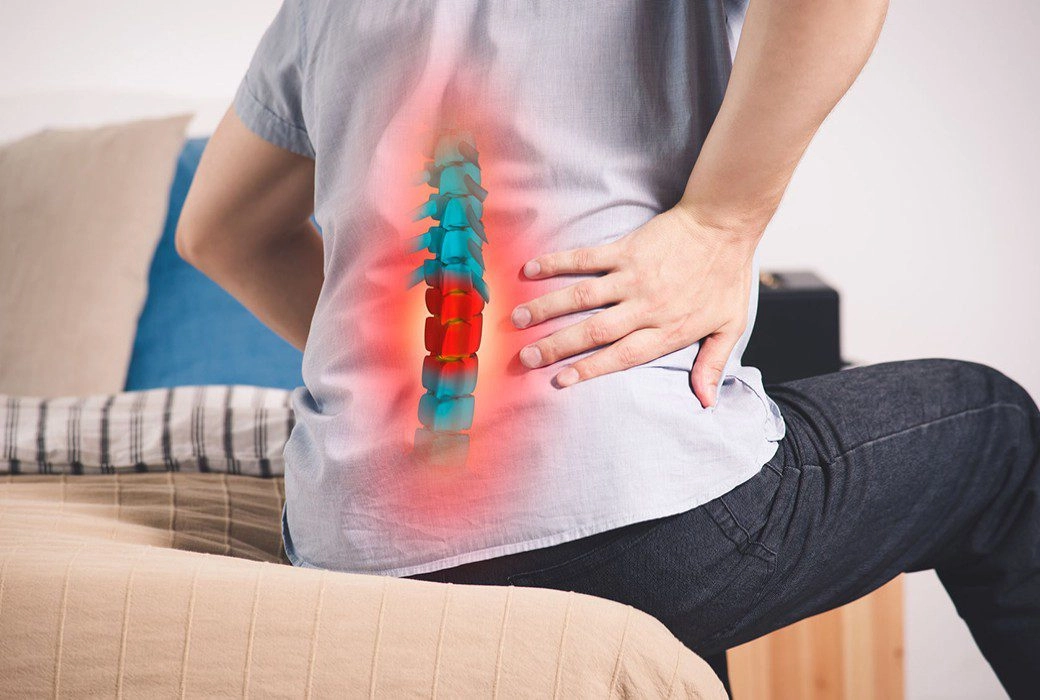It’s no secret that as we get older, our bodies go through certain changes. Most of these changes are a natural part of getting older. But at the same time, the risk of other, more serious issues increases as we age. Which is why it’s important to know what the stages of degenerative disc disease are.
There are four distinct stages of degenerative disc disease that include:
- Changes in spinal curvature
- Postural changes and mild pain
- Loss of mobility, nerve damage, and significant pain
- Near-total loss of spinal discs, severe pain, and irreversible damage
It’s important to know the other signs of degenerative disc disease, especially during stages one and two, when preventative and non-invasive care is most effective. Because advancing degenerative disc disease can severely affect a person’s quality of life, it’s important to be able to spot and prevent the advancement of the disease as early as possible. Keep in mind that degeneration usually happens in the neck or the low back and some form of it is incredibly common. Studies show that 40% of people over 40 have degenerative disc disease and 80% of people over 80%.
The Stages of Degenerative Disc Disease
Before we go any further, it’s important to note that degenerative disc disease is a disease in the sense that many people think of diseases. Some amount of disc degeneration is normal as we age, but when the breakdown of the spinal discs progresses beyond this and causes pain, it can be classified as degenerative disc disease.
Let’s take a closer look at the different stages of DDD so you can be better prepared to look out for this condition.
Stage 1
The first stage is often painless, characterized by changes in the curvature of the spine that you may or may not notice. Usually the telltale sign that you’re in stage one of DDD is the loss of the natural curvature of the spine, which can often only be seen by a chiropractor or a physician. This change in the spinal curvature causes a pressure increase on the discs of the spine. Sometimes, this stage may increase the risk of a herniated or bulging disc.
Stage 2
For many people, stage two is when the pain usually begins. This ranges from a mild discomfort to occasional pain. The changes in the spine’s curvature become more pronounced because the discs are becoming more degraded. This stage is often accompanied by a lack of energy.
Stage 3
Stage three is often when things start to get noticeably bad. The postural changes are even more pronounced than the earlier stages. The compression of nerves and the growth of bone spurs in the spine can cause constant pain. Since the discs are even more degraded at this stage, mobility is often limited. The lack of energy becomes more persistent.
Stage 4
The last stage of disc degeneration is usually irreversible, requiring significant and risky surgery to provide any help at all. At this stage, the discs are fully degraded, entirely gone, or have herniated and are pressing on nerves, causing near-constant pain. This type of herniated disc is very different from a bulging disc, which can correct itself. At this stage, the spinal vertebrae may begin to fuse together, severely limiting mobility and drastically decreasing quality of life.

Can Degenerative Disc Disease Cripple You?
While it’s possible to suffer from serious issues because of degenerative disc disease, paralysis is rare. The compression of the nerves in the spine due to DDD can cause numbness, pain, weakness, and even loss of bowel and bladder control, it’s rare that the disease is allowed to progress enough to cause paralysis.
However, those who experience serious symptoms like the ones mentioned above should seek immediate medical help to ensure they aren’t at risk of paralysis or other serious long-term issues.
How Fast Does Degenerative Disc Disease Progress?
The speed at which degenerative disc disease progresses depends heavily on whether you do anything to slow its progression. Some form of disc degeneration usually begins between the third and fourth decades of life. As we get older, the more our discs will naturally degrade.
The time it takes for degeneration to go from stage one to stage four can take decades, if it happens at all. Anyone who ignores the symptoms and does nothing to slow DDD can expect it to progress faster than anyone who seeks treatment and takes preventative measures.
Treatment and Prevention
The best treatment for degenerative disc disease will vary depending on what stage it is in. If your main concern is pain relief with non-invasive techniques, the good news is that chiropractors can relieve pain from degenerative disc disease.They can do this in several ways which have proven effective in studies such as the ones below.
Spinal Manipulation for Disc Degeneration
A 2014 study of 40 men found that spinal manipulation provided immediate short-term relief. The participants experienced improvements in pain, mobility, and hip flexion.
Chiropractic Care and Degenerative Disc Disease
A 2021 case study found that a 59-year old male taxi driver with Parkinson’s disease had pain, postural issues, and gait problems associated with degenerative disc disease. After 35 chiropractic sessions, the man experienced significant improvements in pain, mobility, gait, posture, and well-being.
These are just two examples of many studies detailing chiropractic care’s ability to relieve degenerative disc disease. By seeking appropriate medical care, it’s possible to prevent progression through the stages of DDD and maintain a high quality of life.
Conclusion
At Better Health Alaska, we’ve helped thousands of Alaskans deal with their disc pain and degeneration. Our Alaska Back Pain Protocol can help relieve pain, prevent degenerative disc disease, and ensure the overall health of the spine, no matter your age.
While everyone experiences some amount of disc degeneration, it shouldn’t be causing you pain. If it does, it’s time to seek professional care from a chiropractor to determine the extent of the issue and come up with a plan to relieve that pain and prevent further issues.
Contact Better Health Alaska today to schedule an appointment to keep your spine healthy!
Resources:
https://pubmed.ncbi.nlm.nih.gov/23074480/
https://pubmed.ncbi.nlm.nih.gov/26890203/
https://pubmed.ncbi.nlm.nih.gov/24862763/
https://research.polyu.edu.hk/en/publications/chiropractic-care-for-low-back-pain-gait-and-posture-in-a-parkins









